For the first time, artificial intelligence has been integrated into a MEMS device.
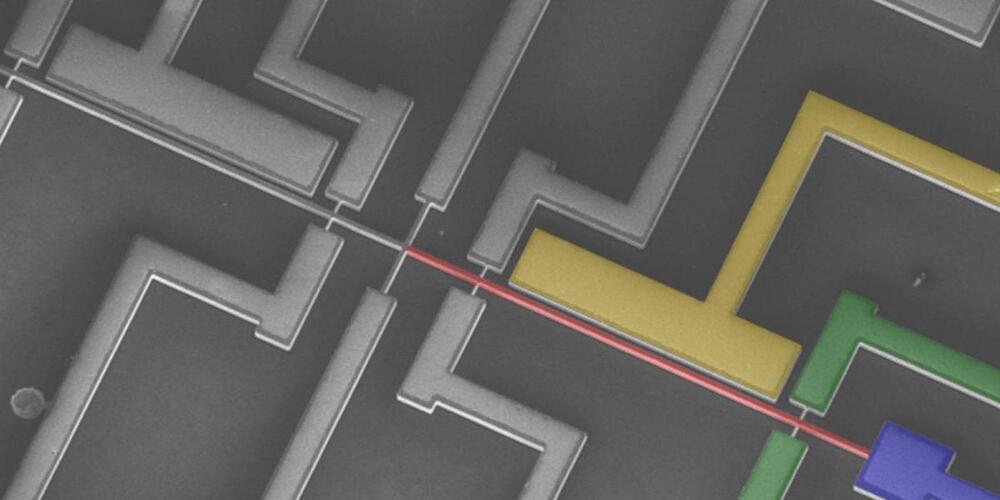

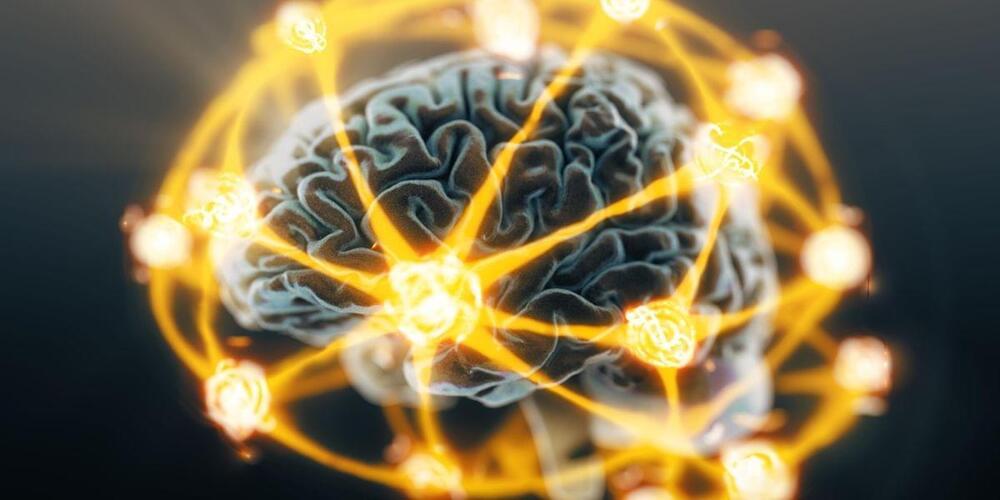
In the new study, Spagnolo and his colleagues instead developed a quantum memristor that relies on a stream of photons existing in superpositions where each single photon can travel down two separate paths laser-written onto glass. One of the channels in this single-qubit integrated photonic circuit is used to measure the flow of these photons, and this data, through a complex electronic feedback scheme, controls the transmissions on the other path, resulting in the device behaving like a memristor.
Normally, memristive behavior and quantum effects are not expected to coexist, Spagnolo notes. Memristors are devices that essentially work by measuring the data flowing within them, but quantum effects are infamously fragile when it comes to any outside interference such as measurements. The researchers note they overcame this apparent contradiction by engineering interactions within their device to be strong enough to enable memristivity but weak enough to preserve quantum behavior.
Using computer simulations, the researchers suggest quantum memristors could lead to an exponential growth in performance in a machine-learning approach known as reservoir computing that excels at learning quickly. “Potentially, quantum reservoir computing may have a quantum advantage over classical reservoir computing,” Spagnolo says.
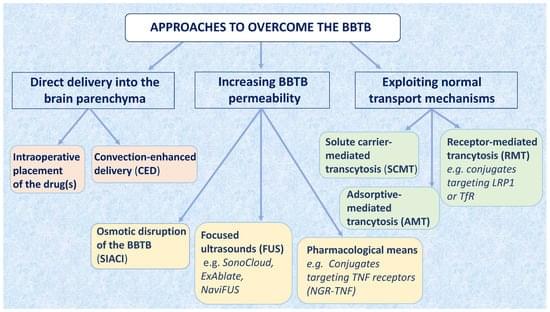
Tumors affecting the central nervous system (CNS), either primary or secondary, are highly prevalent and represent an unmet medical need. Prognosis of these tumors remains poor, mostly due to the low intrinsic chemo/radio-sensitivity of tumor cells, a meagerly known role of the microenvironment and the poor CNS bioavailability of most used anti-cancer agents. The BBTB is the main obstacle for anticancer drugs to achieve therapeutic concentrations in the tumor tissues. During the last decades, many efforts have been devoted to the identification of modalities allowing to increase drug delivery into brain tumors. Until recently, success has been modest, as few of these approaches reached clinical testing and even less gained regulatory approval.
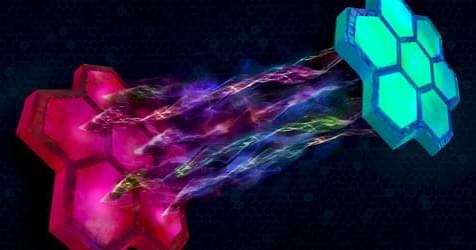
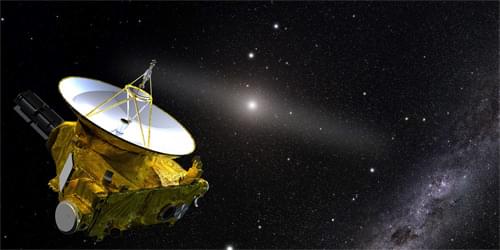
Axions that decay into photons could account for visible light that exceeds what’s expected to come from all known galaxies.
If you could switch off the Milky Way’s stars and gaze at the sky with a powerful telescope, you’d see the cosmic optical background (COB)—visible-wavelength light emitted by everything outside our Galaxy. Recent studies by the New Horizons spacecraft—which, after its Pluto flyby, has been looking further afield—have returned the most precise measurements of the COB yet, showing it to be brighter than expected by a factor of 2. José Bernal and his colleagues at Johns Hopkins University in Maryland propose that this excess could be caused by decaying dark matter particles called axions [1]. They say that their model could be falsified or supported by future observations.
Comparing COB measurements to predictions provides a tool for testing hypotheses about the structure of the Universe. But measuring the COB is very difficult due to contamination by diffuse light from much nearer sources, especially sunlight scattered by interplanetary dust. Observing from the edge of our Solar System, New Horizons should be unaffected by most of this contamination, making the measured excess brightness a tool for improving our understanding of galaxy evolution.
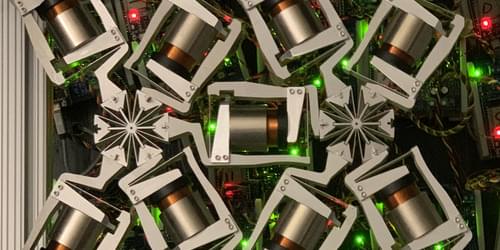
Materials that learn to change their shape in response to an external stimulus are a step closer to reality, thanks to a prototype system produced by engineers at UCLA.
Living entities constantly learn, adapting their behaviors to the environment so that they can thrive regardless of their surroundings. Inanimate materials typically don’t learn, except in science fiction movies. Now a team led by Jonathan Hopkins of the University of California, Los Angeles (UCLA), has demonstrated a so-called architected material that is capable of learning [1]. The material, which is made up of a network of beam-like components, learns to adapt its structure in response to a stimulus so that it can take on a specific shape. The team says that the material could act as a model system for future “intelligent” manufacturing.
The material developed by Hopkins and colleagues is a so-called mechanical neural network (MNN). If produced on a commercial scale, scientists think that these intelligent materials could revolutionize manufacturing in fields from building construction to fashion design. For example, an aircraft wing made from a MNN could learn to morph its shape in response to a change in wind conditions to maintain the aircraft’s flying efficiency; a house made from a MNN could adjust its structure to maintain the building’s integrity during an earthquake; and a shirt weaved from a MNN could alter its pattern so that it fits a person of any size.

Summary: Empathy is induced by synchronized neural oscillations in the right hemisphere of the brain, a new mouse study reveals.
Source: Institute for Basic Science.
A research team led by Dr. SHIN Hee-Sup at the Center for Cognition and Sociality (CCS) within the Institute for Basic Science (IBS) in Daejeon, South Korea has discovered the underlying neural mechanism that allows us to feel empathy.
Physicist Julian Barbour discusses his newest book, “The Janus Point: A New Theory of Time.” In it, Barbour makes the radical argument that the growth of order drives the passage of time — and shapes the destiny of the universe.
Read “The Janus Point”: https://www.basicbooks.com/titles/julian-barbour/the-janus-point/9780465095469/
Julian Barbour’s Website: http://www.platonia.com/
Julian Barbour is a physicist with research interests in quantum gravity and the history of science. Since receiving his PhD degree on the foundations of Albert Einstein’s general theory of relativity at the University of Cologne in 1968, Barbour has supported himself and his family without an academic position, as an author and translator.
Watch more Closer To Truth interviews with Julian Barbour: https://bit.ly/3eIW96E
Register for free at closertotruth.com for subscriber-only exclusives: http://bit.ly/2GXmFsP
Closer to Truth presents the world’s greatest thinkers exploring humanity’s deepest questions. Discover fundamental issues of existence. Engage new and diverse ways of thinking. Appreciate intense debates. Share your own opinions. Seek your own answers.
Share your videos with friends, family, and the world.